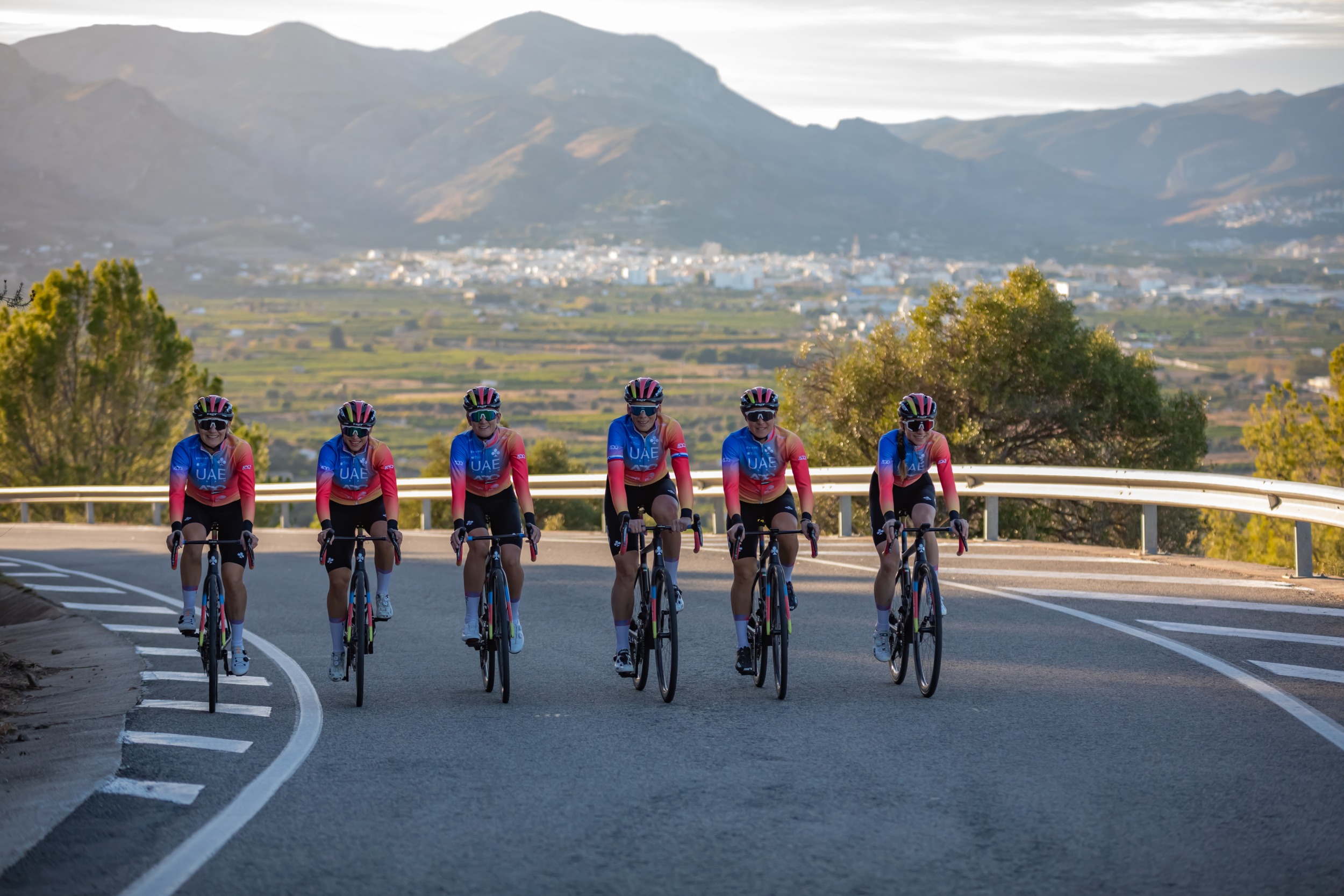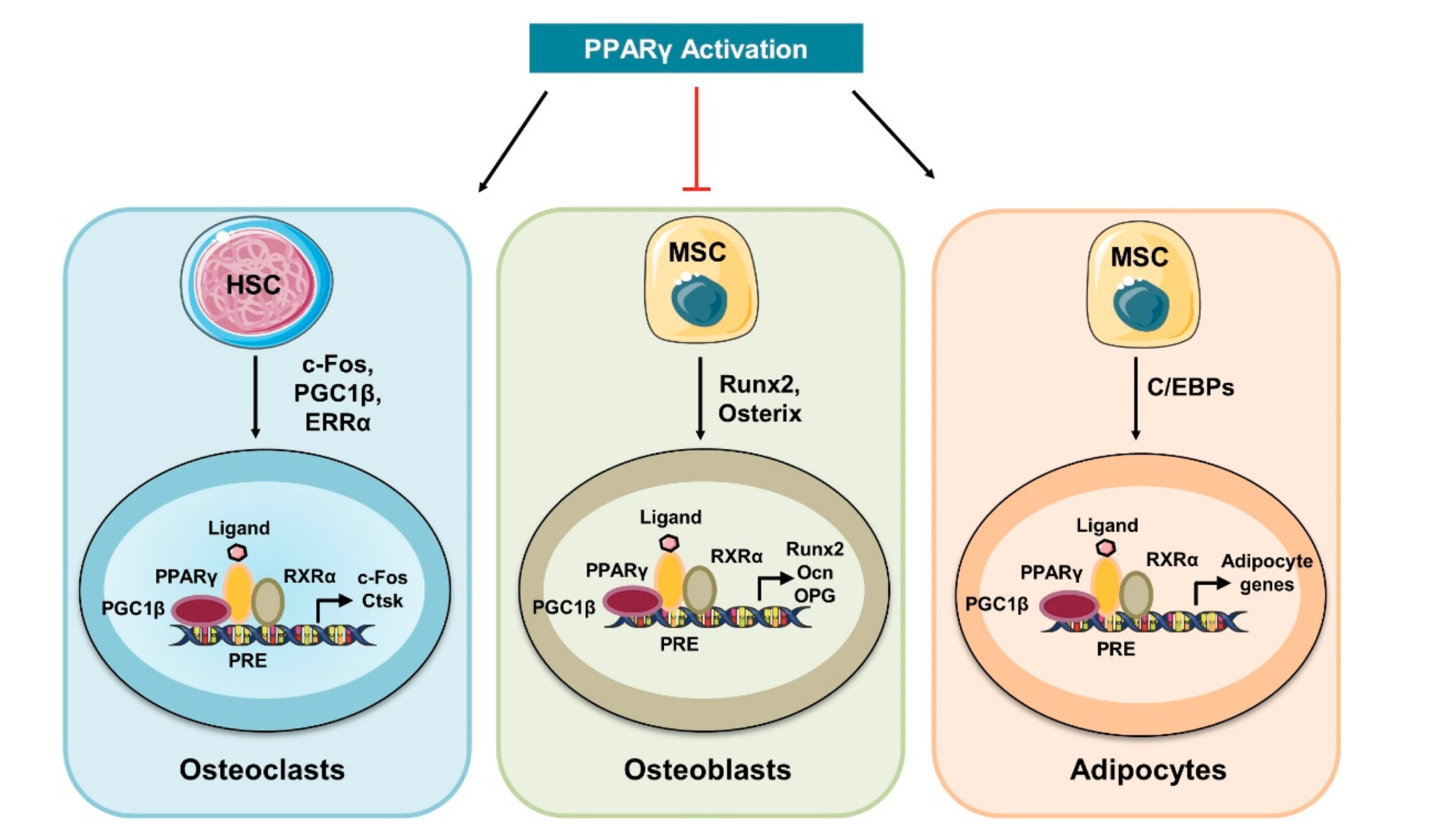

Women’s cycling presents unique challenges to bone health, requiring a holistic approach that encompasses both training and nutrition. While cycling offers numerous benefits, including cardiovascular fitness and muscle strength, it can also impact bone density and increase the risk of fractures. Addressing these challenges requires tailored training programs, nutritional support, and comprehensive assessments to optimize bone health in female cyclists.
Bone Metabolism
Bone metabolism is a vital process that involves a delicate balance between bone-building cells, called osteoblasts, and bone-resorbing cells, known as osteoclasts. Osteoblasts work to promote bone mineralization and production through the synthesis of essential molecules and the release of vesicles containing components of the bone matrix. On the other hand, osteoclasts play a fundamental role in resorbing and remodeling bone, releasing acids and proteases to remove and reabsorb the bone matrix.
During their formation, osteoblasts derive energy from glycolysis and mitochondrial respiration, while mature osteoblasts rely solely on glycolysis to support matrix synthesis.
Although some concepts may seem complex, it is important to understand that many molecules play key roles in bone metabolism and maintaining the body’s energy balance. These molecules help regulate processes like bone formation and resorption, contributing to overall bone health. Additionally, bone cells have been shown to influence other metabolic and physiological functions, such as lipid metabolism and the immune system, further emphasizing their crucial role in the body.

Vitamin D
An essential role in bone health is Vitamin D, it plays an importation role in immunity, and physical performance of cyclists. Its deficiency can increase the risk of stress fractures, respiratory infections, and muscle injuries, making it vital for athletes to ensure optimal levels of this nutrient. Approximately one billion people, including cyclists, are deficient or insufficient in vitamin D, emphasizing the importance of monitoring and maintaining adequate levels of this vitamin. The causes of vitamin D deficiency can be multifactorial and include reduced skin synthesis, decreased dietary absorption, and inherited disorders of vitamin D metabolism. Athletes are particularly at risk, especially those who train indoors or live in areas with limited sun exposure. Vitamin D is essential for bone growth, density, and remodeling, as well as regulating calcium and phosphate homeostasis in the body.
Calcium
Calcium is another crucial nutrient for the bone health of cyclists. It contributes to the strength and endurance of bones, essential for facing the challenges of training and competitions. It is important to include calcium-rich foods in the diet, such as dairy products, leafy green vegetables, and fortified foods, to ensure adequate intake of this vital mineral.
Female hormones, such as estrogen, play a fundamental role in the bone health of cyclists. During adolescence, hormonal changes significantly influence bone growth, with up to a 50% increase in total bone mass between the ages of 12 and 18. Estrogens have recognized beneficial effects on bone mineral density, influencing the activity of osteoclasts and osteoblasts and maintaining the balance between bone formation and resorption.
However, the use of hormones to treat conditions such as amenorrhea or low bone mineral density in athletes remains controversial. While hormones can be used to restore menstrual cycles and improve bone density, there are concerns regarding side effects and their long-term effectiveness.
The evaluation of bone mineral density (BMD) is commonly performed using dual-energy X-ray absorptiometry (DXA), representing the amount of mineral measured per unit area or volume of bone tissue. Female athletes engaged in impact sports should have approximately 10% higher BMD compared to non-athletes, while athletes in high-impact sports exhibit higher BMD compared to those in medium- or low-impact sports. Children, adolescents, and premenopausal women require different definitions that account for age, sport, fracture history, and other risk factors.
Women’s cycling offers numerous health and wellness benefits. However, like in any physical activity, there are specific challenges to overcome, and one of these concerns bone health. Female cyclists are particularly susceptible to issues related to bone mineral density due to unique physiological characteristics and the physical demands of cycling.
The Challenge
Women cyclists face specific challenges related to bone health, with research indicating that the intensity and duration of cycling can lead to decreased bone mineral density (BMD) and increased susceptibility to stress injuries. Factors such as sedentary periods post-training and inadequate nutrition further compound these challenges. To mitigate these risks, it is essential to implement training regimens that balance intensity with recovery and incorporate impact activities to stimulate bone formation.
Solutions and Recommendations:
Conclusion:
Optimizing bone health in women’s cycling requires a multifaceted approach that addresses training, nutrition, and comprehensive assessments. By implementing tailored training programs, prioritizing nutritional support, and conducting regular assessments, athletes and coaches can mitigate the risks associated with cycling and promote long-term bone health. With proactive measures and ongoing support, female cyclists can achieve their performance goals while safeguarding their bone health for years to come.